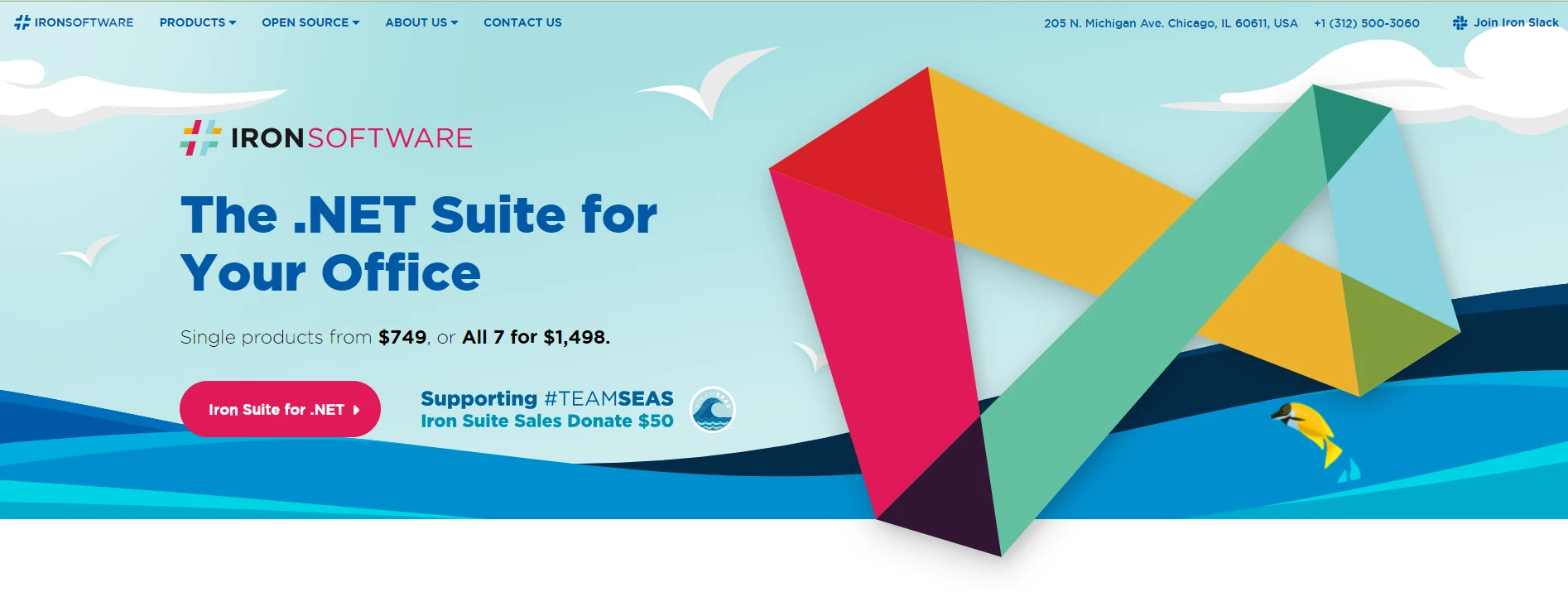Published December 13, 2023
NUnit or xUnit .NET Core (How it Works For Developers)
Introduction to NUnit vs xUnit in .NET Framework Visual Studio IDE
.NET Core has revolutionized how developers create applications, providing a modular and cross-platform testing framework. Within this ecosystem, NUnit and xUnit stand out as two of the most popular .NET unit testing frameworks in comparison to other test frameworks for data-driven testing, integration testing, automation testing, and parallel test execution, offering robust platforms for writing test methods and executing automated tests. They are crucial unit testing framework tools or test runners in ensuring the reliability and functionality of test class code in .NET applications for testing teams.
Understanding Unit Test Framework
The Role of Unit Testing in Software Development Life Cycle
Unit testing is an essential aspect of software development and software testing, where a unit testing tool/framework plays a pivotal role in defining and executing automation tests. Writing unit tests involves creating test methods and test classes to examine various aspects of the code. This form of testing is essential for maintaining code quality and ensuring that new changes don't break existing functionality.
xUnit vs NUnit Popular Unit Testing Frameworks
NUnit and xUnit are among the most popular unit testing frameworks within the .NET ecosystem. They provide a range of features for writing automated unit test cases and parameterized tests, including support for test fixture, test initialization, test case execution, and parallel test execution. These testing frameworks help developers write test cases, organize assertion methods, and execute all the tests efficiently.
Key Features of NUnit vs xUnit- Unit Test Frameworks
Test Structure and Execution
Test Methods and Test Classes
NUnit and xUnit allow developers to structure their unit tests and create test setup using test methods and classes. A test method represents an actual test, while a test class groups related test methods. This organization helps maintain test code and understand the test results coverage for a specific application area. One of the standout features of both NUnit and xUnit is that each framework supports parallel test execution, enhancing the efficiency of executing tests.
Test Fixtures and Setup
Test fixtures in NUnit and xUnit provide a way to set up the necessary environment for test automation through public void setup, public void dispose, and public void cleanup. This includes initializing data, creating mock objects, and configuring the necessary state for test execution. Test fixtures help in writing clean and maintainable test codes.
Advanced Testing Features
Data-Driven Testing
NUnit and xUnit support data-driven testing, allowing developers to run the same test method with different input values. This approach efficiently tests a function with various inputs and supports parallel test execution, reducing the need for writing multiple test cases.
Parallel Test Execution
Parallel test execution is a feature supported by both NUnit and xUnit. It allows multiple tests to run simultaneously, reducing the overall time taken for test execution. This feature is particularly beneficial in large projects with extensive test suites.
Cross-Platform Support and Integration
NUnit and xUnit offer cross-platform support, making them suitable for projects targeting different platforms. They integrate seamlessly with Visual Studio and other IDEs, providing a convenient and familiar environment for .NET developers.
NUnit vs xUnit Choosing the Right Framework
Comparison and Community Support
NUnit and xUnit, while similar in many aspects, have distinct differences that might make one more suitable than the other depending on the project requirements. Community support, documentation, and ease of use are factors to consider when choosing between them. NUnit, with its more extended history, has a broad user base and extensive community support, while xUnit, being a newer framework, brings some modern approaches to unit testing.
Test Methodologies and Approaches
xUnit adopts a more opinionated approach than NUnit, focusing on the unique test instance per test method. This approach ensures that each test is isolated, reducing side effects and interdependencies between tests. On the other hand, NUnit is more flexible in allowing various setups and configurations, which can be beneficial for complex test scenarios.
Iron Software Suite A Valuable Tool in .NET Core Development

The Iron Software Suite, a comprehensive collection of .NET API products, significantly enhances the capabilities of .NET Core development. This suite includes tools like IronPDF, IronXL, IronOCR, and IronBarcode, essential for handling PDFs, Excel files, OCR, and barcodes within the .NET framework. Its cross-platform functionality and ability to handle various document types make it an invaluable asset for developers in the .NET ecosystem.
Enhancing Unit Testing with Iron Software Suite
While NUnit and xUnit focus on the creation and execution of unit tests, the Iron Software Suite can augment these frameworks by providing additional functionalities for test cases. For example, IronPDF can be used for testing PDF generation and manipulation features in applications, while IronXL aids in verifying Excel-related functionalities. Similarly, IronOCR and IronBarcode can be integral in testing systems that rely on OCR capabilities or barcode generation and scanning.
Conclusion A Synergistic Approach to .NET Core Testing
In conclusion, integrating the Iron Software Suite with NUnit, xUnit, and MSTest presents a powerful combination for .NET Core developers. By leveraging the specialized capabilities of the Iron Software Suite alongside the robust testing frameworks of NUnit and xUnit, developers can ensure a more thorough and effective testing process. This integration is pivotal in enhancing the quality assurance of .NET Core applications, ultimately leading to more reliable and efficient software solutions.
The Iron Software Suite offers a free trial and is free for development, allowing developers to explore its capabilities without initial investment. For production use, licensing for the Iron Software Suite starts at $749, providing a cost-effective solution for professional applications. This approach ensures developers can fully test and integrate the Suite's features before committing to a purchase.











